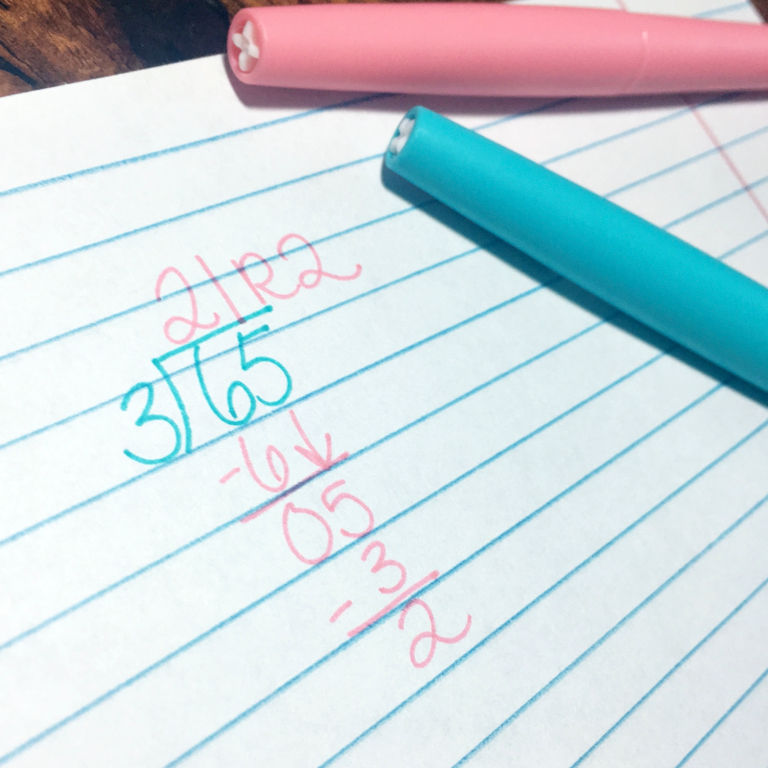Strategies for Tackling Multi-Step Word Problems
- paperandpines
- Oct 17, 2024
- 3 min read
Updated: Dec 3, 2024
If I’m being honest, there have been times my fellow teachers and I have trouble deciphering some of the multi-step word problems thrown at students on math assessments. They aren’t always worded in the most child-friendly way, and some have so much information that it’s easy to get bogged down. It’s no wonder students get frustrated!
Many students find it difficult to find the necessary information because the problems are often full of extra details or give information out of order. In these cases, providing students with specific strategies to break down the problem can turn an overwhelming task into a manageable one. Here are a few of my favorite ways to break word problems down into manageable parts!
Multi-Step Word Problems: Make a Table
When a word problem describes multiple categories or groups of something, the first thing I tell my students to do is to pull this information out of the story and put it into a table.
Tables allow students to organize large sets of data into categories, making it easier to see patterns, relationships, and any missing information. This strategy helps reduce the cognitive load on students. They're no longer trying to hold all the information in their heads while figuring out the solution. Here's an example:

The story problem itself can be overwhelming, and seeing the numbers in a simpler form might be all it takes for students to tackle the problem with confidence! Sometimes, not all of the information is given up front. Such as the example below, where students have to use the information given to find a missing piece of information before they can even try to solve the problem.

In these cases, making a table is especially helpful as it keeps all of the information organized while they work through the problem.
"Make a Table" Practice Activities
We put together this fun group activity for students to practice making tables to organize information in word problems! Each student gets their own piece of information, and they have to work together to fill in their table and answer the question.
For more practice using this strategy, check out our Make a Table Strategy Task Cards!
Draw a Diagram
For students who learn best visually, diagrams such as strip diagrams (or bar models) can be incredibly helpful. Strip diagrams provide a visual representation of the problem by breaking it down into “parts” and “wholes,” which helps students visualize the relationships between numbers.

Strip diagrams are especially useful in problems where students need to:
Divide totals into parts: If a problem asks how to split a total amount of money among several people, a strip diagram can visually show how the total is divided into equal parts.
Work backwards: If students are given part of the information and need to find the whole (or vice versa), the diagram clearly illustrates what information they have and what they still need to find.
Translate to Equations: Once students grasp the visual relationship between the parts and the whole, they can translate this understanding into equations, making it easier to solve the problem.
In upper-elementary, students are often asked to find an equation that matches a strip diagram. If they already have practice using strip diagrams to solve multi-step problems, this will be easier for them to master as well. This matching game is a fun way for students to practice taking the information from a strip diagram and presenting it in equation form!
We also made an interactive notebook activity using strip diagrams that is a great introduction to this skill.
Breaking the Problem into Manageable Chunks
A common problem with multi-step problems is that students may not know where to start. A helpful tip is to teach students to approach the problem step-by-step, breaking it into smaller, more digestible tasks:
Read the problem carefully: Encourage students to read through the entire problem first before doing any work. This helps them get an overall sense of what is being asked.
Identify key information: Teach students to underline or highlight the numbers and keywords that indicate operations (e.g., “total,” “in all,” “difference,” “each”). These clues help them figure out which steps they might need to take.
Work backward from the goal: Sometimes it helps to focus on the final question first and figure out what needs to happen to get there.
Multi-step word problems don’t have to be a source of frustration for students. By teaching them to use tables, diagrams, and building confidence through modeling breaking down problems into manageable pieces, you’re giving them the tools they need to tackle multi-step problems with less frustration!
























Comments